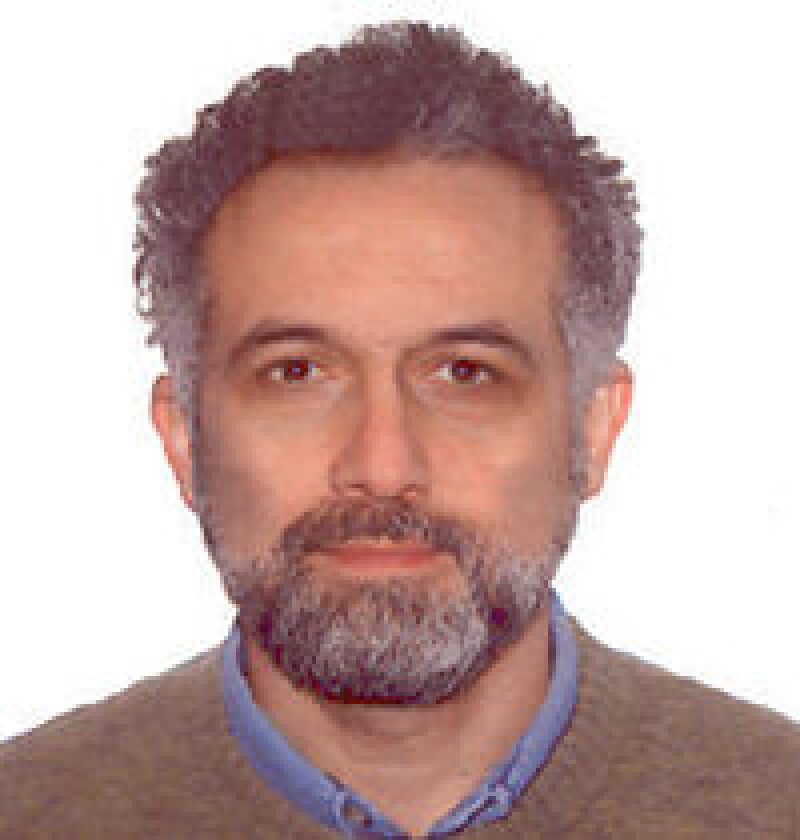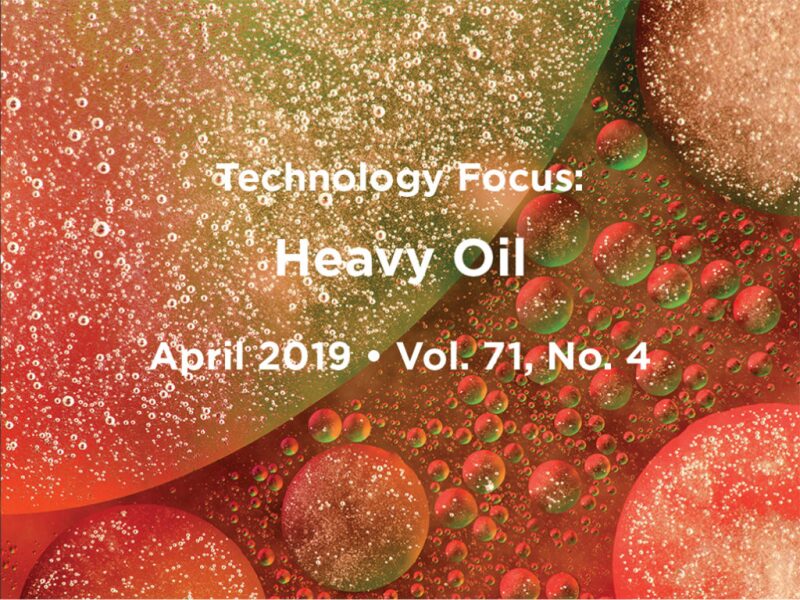I was asked to serve on the JPT Editorial Committee for another 3-year term and happily accepted the offer. In preparing for this month’s feature, I revisited my first Technology Focus writeup for the March 2016 issue. I concluded the piece by saying, “Before closing, I would like to bring your attention to two critical points as we experience one of the more severe economic downturns in the oil industry. First, research on technology for heavy-oil recovery must go on one way or another. … Second, cost-effective solutions should be sought and materialized immediately to sustain many ongoing heavy-oil (especially thermal) operations.” What has happened over the last 3 years in relation to these two issues I raised in March 2016? Here are some highlights of my observations.
Heavy-oil recovery is a challenge mainly because of the high cost of investment and difficulties and uncertainties in operations; hence, the main issue is the reduction of cost per barrel of oil produced. This reduction to cost can be achieved either by recovery improvement or operational-/capital-expenditure (OPEX/CAPEX) reduction through optimization studies. Recovery improvement requires more research efforts and time-demanding technology development, but the cost reduction is less uncertain and the focus has been on both reduction methods, mainly CAPEX, during the low-oil-price term. OPEX constitutes a greater portion of the total cost than CAPEX. OPEX-reduction efforts have focused on the optimization of artificial lift in producing wells, steam delivery, and monitoring in injectors, as well as tackling problems such as emulsification, sand production, and asphaltene/wax precipitation. Solar steam is an option for OPEX reduction but is still a challenge because it requires high CAPEX and raises sustainability issues.
Considering the development of new technologies for efficient recovery improvement, all agree that collaboration is a must, especially in carrying the research results to the field. Yet who (e.g., national oil companies, international oil companies, or service companies) will lead this action is still a question. Government involvement also should be part of this collaboration. Another necessary discussion point is the replacement of costly and environmentally risky steam operations. Nonsteam applications are showing promising results at the laboratory scale (e.g., solvents, electrical heating, and waterflooding with chemicals and nanomaterials), and methods to improve steam efficiency through chemical additives are yet to be tested at the field scale.
The cost reduction per barrel of oil produced and the extension of sustainable production life by optimization have been two major areas of focus, but the investments in new technologies and recovery-improvement research have not received sufficient attention during the downturn.
This Month's Technical Papers
Two-Wellhead SAGD Scheme Increases Efficiency of Heavy-Oil Development
New Steamflooding Techniques Pay Off in Mukhaizna Field
In-Situ Upgrading Process Offers Potential for Heavy-Oil Recovery
Recommended Additional Reading
SPE 189716 Shallow Horizontal-Well Cyclic Steam Stimulation in a Clastic Unconsolidated Unconventional Reservoir in Kuwait: A Case Study by Shaikha Al-Ballam, Kuwait Oil Company, et al.
SPE 190111 Laboratory Tests Conducted To Perforate and Displace Viscous Oil From Saturated Formation Core To Help Optimize Steamflood Completion by Dennis J. Haggerty, Halliburton
SPE 190770 Visualization of Heavy-Oil Mobilization by Associative Polymer by Tormod Skauge, Centre for Integrated Petroleum Research, et al.

| Tayfun Babadagli, SPE, is a professor in the Civil and Environmental Engineering Department, School of Mining and Petroleum Engineering, at the University of Alberta, where he holds the NSERC-Industrial Research Chair in Unconventional Oil Recovery. His areas of interest include modeling fluid and heat flow in heterogeneous and fractured reservoirs, reservoir characterization through stochastic and fractal methods, optimization of oil/heavy-oil recovery by conventional/unconventional enhanced-oil-recovery methods, and carbon-dioxide sequestration. Babadagli holds BS and MS degrees from Istanbul Technical University and MS and PhD degrees from the University of Southern California, all in petroleum engineering. He was an executive editor for SPE Reservoir Evaluation & Engineering during 2010–13 and is a member of the JPT Editorial Committee. Babadagli received SPE A Peer Apart status in 2013, was elected an SPE Distinguished Member in 2013, and was an SPE Distinguished Lecturer in 2013–14. |


